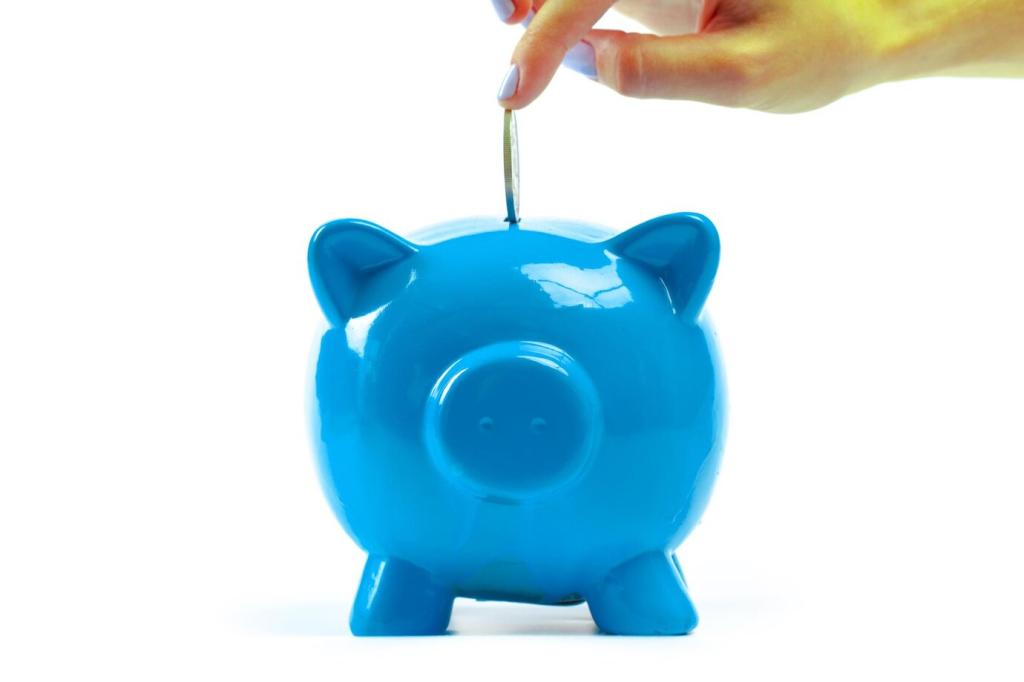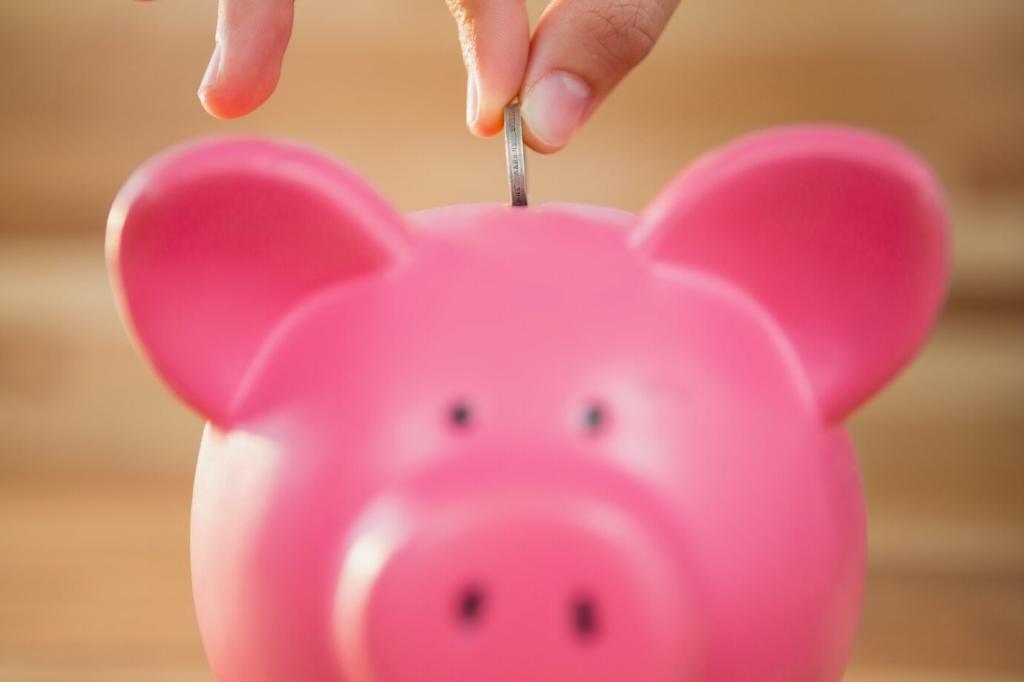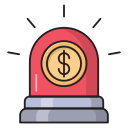
Emergency Fund Success: Effective Tips and Tactics
Chosen theme: Emergency Fund Success: Effective Tips and Tactics. Welcome to a practical, inspiring guide that turns financial anxiety into calm control. Here you will find relatable stories, proven strategies, and small daily actions that build a safety net you can actually rely on. Subscribe, comment with your current savings goal, and let us cheer your progress.
Protection that buys you choices
When a car repair or medical bill shows up, cash on hand means you pick the best solution, not the fastest or the most expensive debt. Tell us the decision you would make differently if you had a solid cushion right now.
Stress math that turns panic into a plan
Researchers note that financial stress narrows attention and harms decision quality. Your emergency fund acts like cognitive shock absorbers, giving you breathing room to think clearly. Comment with one stressful situation you would like to defuse this season.
Defining emergencies, not conveniences
Write a simple rule before trouble hits. Emergencies are unexpected, necessary, and urgent needs, not sales or vacations. Share your personal definition and invite a friend to hold you accountable when temptation tries to blur the lines.
How Much to Save and Where to Keep It
Start with a starter fund of one thousand dollars, then grow toward three to six months of essential expenses. If your income is variable, lean closer to six. Share your monthly essentials and calculate a clear, motivating goal today.


How Much to Save and Where to Keep It
Use a high yield savings account or money market account with easy access and no market risk. Avoid mixing this money with your spending account. Comment with your chosen bank and any signup boosts that helped you start faster.
Automate, Accelerate, and Make It Stick
Schedule automatic transfers on payday so your fund grows before you touch a dollar. Start small, increase quarterly. Share your transfer amount and the date you will nudge it up by five or ten percent to keep momentum alive.
Debt vs. Emergency Fund: What Comes First
Starter buffer while tackling high interest
Build a five hundred to one thousand dollar starter fund to stop new debt during surprises. Then aggressively attack high interest balances. Share your starter target and the single highest interest rate you are determined to crush next.
Balancing acts for variable incomes
If your paycheck swings, grow a larger cushion first to survive dry months without borrowing. After that, channel surplus toward debt. Comment with your average income range and your chosen emergency fund multiple for stability.
Decision rules you can follow on autopilot
Use clear thresholds. If interest exceeds ten percent, prioritize debt after the starter fund. If it is lower and stable, expand the emergency fund steadily. Share your rule of thumb so you do not renegotiate every month under stress.
When Life Happens: Using and Rebuilding the Fund
Jasmine’s transmission failed two days before a new job started. Her emergency fund covered the repair, she arrived on time, and avoided a high interest loan. Post your own close call story and the lesson you will carry forward.
When Life Happens: Using and Rebuilding the Fund
Pause extras, redirect side income, and schedule temporary boosts to your automatic transfer until the fund is whole. Treat it like a debt you owe your future self. Comment with your percentage increase and a realistic restoration date.



Tiered emergency funds for speed and yield
Keep one month in instant cash, two to five months in a higher yield account or short term Treasury bills, and a final layer in ultra liquid options. Share your tiers and the platform you will use for each layer.

Allies that complement your cushion
Right sized insurance, sick leave, and community support groups reduce the cash you need to keep. Align deductibles with your emergency fund size. Comment with one coverage gap you will close and how it strengthens your overall safety plan.

Seasonal risk mapping and contingency plans
List predictable spikes like winter utilities, school fees, or storm season repairs. Pre load mini reserves before those months. Share your next three seasonal risks and the amount you will stage to keep emergencies from becoming crises.
Stay Accountable and Keep Momentum

Public commitments that actually stick
Post your target and deadline in the comments, then update weekly with amounts saved. Invite a friend to join and celebrate each milestone together. Social proof nudges consistency when motivation dips and busy weeks try to derail you.

Milestone celebrations that reinforce habits
Mark every hundred dollars saved with a small, non spending reward like a walk, a playlist, or a photo of your progress. Share your favorite zero cost celebration to make saving feel satisfying without undoing your hard earned gains.

Your monthly fifteen minute checklist
Review balances, adjust transfers, remove spending temptations, and journal one lesson learned. Schedule this on your calendar now. Comment when you complete your checkup and tell us the single tweak that delivered the biggest improvement.
